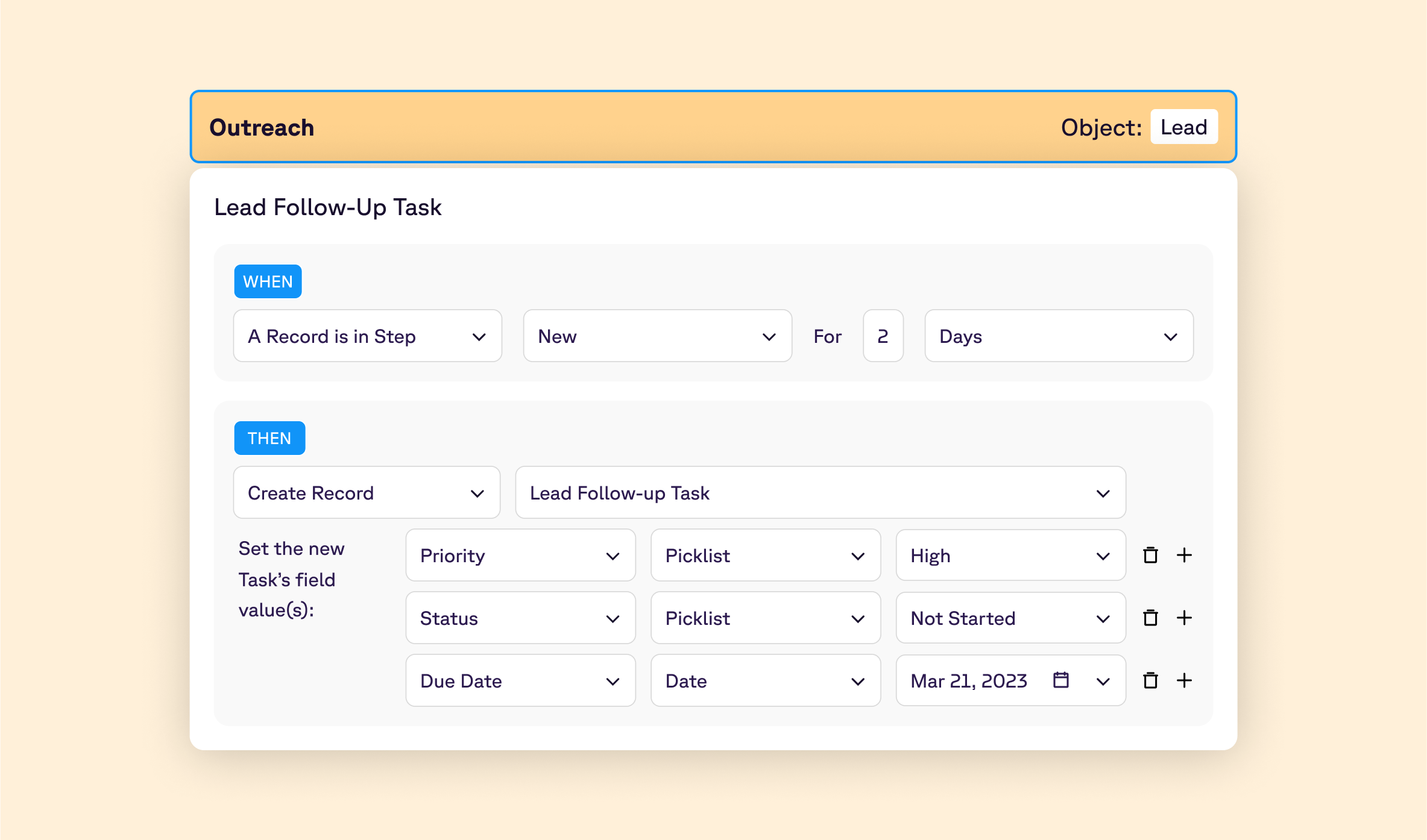Salesforce Lead Routing & Management Templates
Salesforce Lead Routing Best Practices
Salesforce lead routing best practices involve using various tools, such as lead routing solutions and a CRM lead distribution system to ensure a streamlined lead management process. It also includes defining clear criteria for lead assignment, implementing round-robin assignments to ensure equal distribution of leads, using lead queues to prioritize and manage leads, and regularly reviewing and optimizing the lead routing process. Additionally, businesses can consider using a lead distribution platform or leads distribution software to enhance their lead distribution and routing capabilities.
Why Use Lead Assignment Rules in Salesforce
To further optimize the lead assignment process, businesses can consider using lead routing software in conjunction with lead assignment rules in Salesforce. This software can automatically distribute leads to the most qualified sales representative or team, based on customizable criteria. By streamlining lead distribution, lead routing software can improve the efficiency of the sales process and increase the likelihood of prompt follow-up with potential customers.
Salesforce Lead Assignment FAQs
Salesforce offers several lead routing options, including round robin assignments, territory assignments, and lead queues. Round robin assigns leads in a rotating order, while territory assignment assigns leads to specific geographic regions. Lead queues allow for the prioritization and management of leads based on criteria such as industry or product interest.
Sweep is a tool that allows for the creation and optimization of lead distribution rules. To choose the best rules, it is important to consider factors such as the criteria for lead assignment, the desired order of assignment, and the availability and workload of sales representatives.
Round robin lead assignment in Salesforce is a type of lead routing that distributes leads evenly among a group of sales representatives. Each representative receives an equal number of leads, and the order of assignment rotates so that all representatives have an equal chance of receiving new leads.










